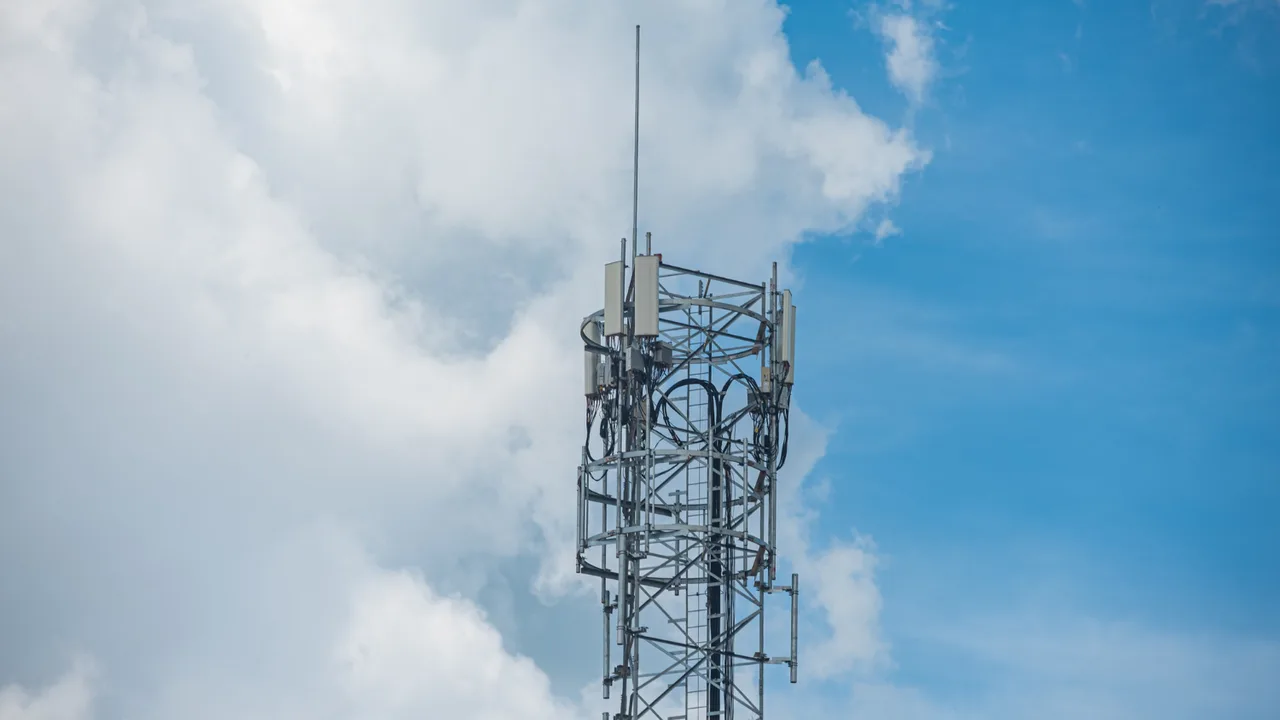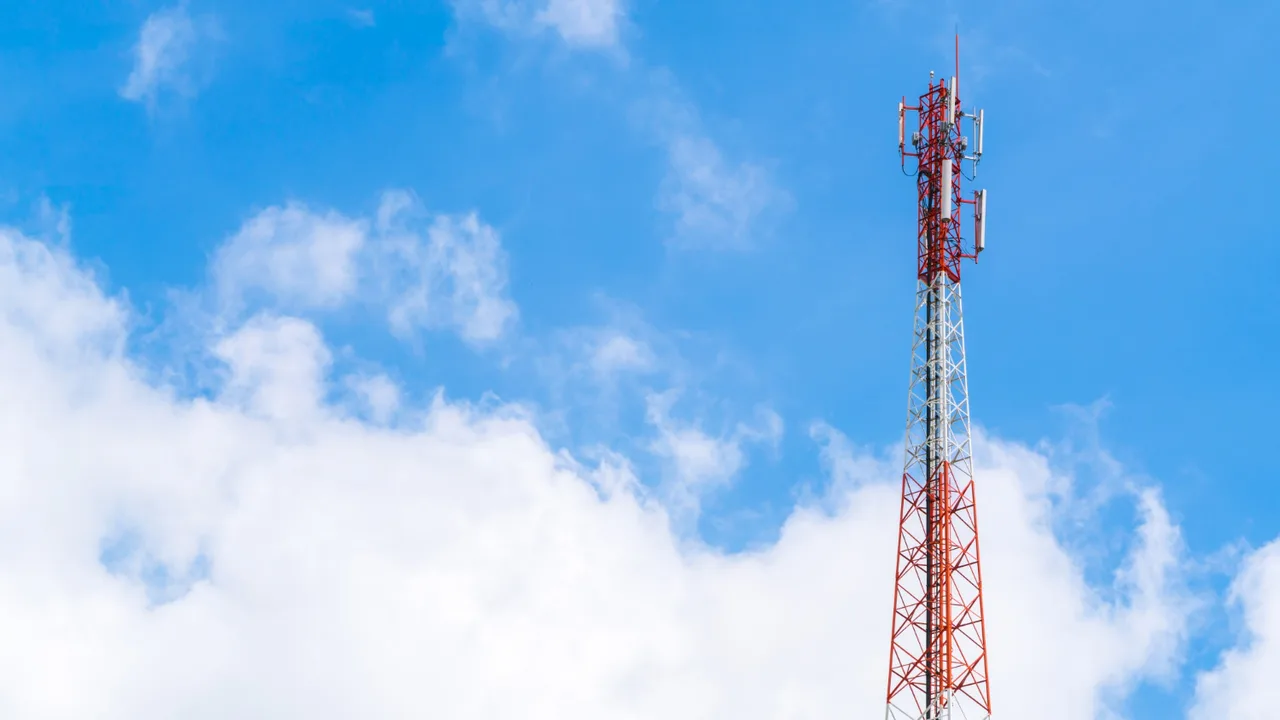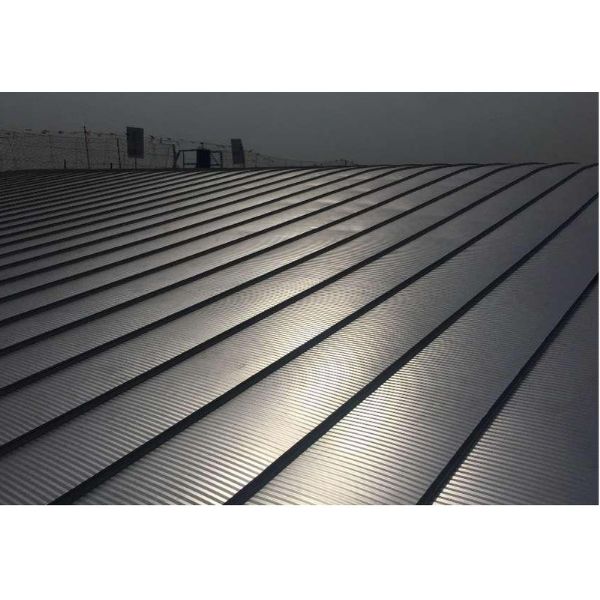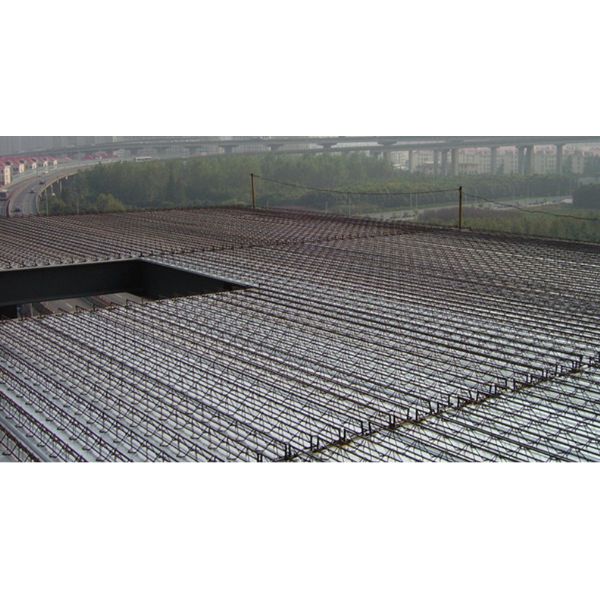The rapid expansion of global telecommunications and energy networks has created an unprecedented demand for reliable, durable, and scalable infrastructure. Among the most crucial elements of this growth is the steel tower construction, a structural system that supports communication antennas, power lines, and safety equipment across urban and remote regions worldwide. As industries push toward higher connectivity and advanced power distribution, steel tower solutions have become the backbone of modern infrastructure due to their strength, adaptability, and long service life.
Introduction to the Modern Steel Tower Era
Over the last decade, the need for improved digital connectivity and stable energy transmission has transformed the construction landscape. The steel tower construction has evolved into a modular, efficient, and globally recognized engineering solution. Its role extends beyond simply supporting telecom equipment or power lines—it represents a shift toward faster construction, enhanced structural safety, and sustainable design practices.
Telecom and energy developers prefer steel tower installations due to their proven performance in harsh environments, including coastal regions, mountain ranges, deserts, and dense urban zones. As nations strengthen their infrastructure strategies, the steel tower construction remains one of the most strategic, high-value solutions in the industry.
What Defines a Steel Tower in Modern Engineering?
Core Characteristics of a Steel Tower
A steel tower is engineered using high-strength structural steel designed to handle vertical loads, wind pressure, and dynamic forces from telecommunications or transmission lines. Its modular and bolted design allows engineers to fabricate, transport, and assemble the structure efficiently, reducing overall construction time.
- Superior strength-to-weight ratio
- Multiple configuration options—monopole, lattice, and guyed towers
- Corrosion-resistant coatings for long-term durability
- Easy inspection and maintenance cycles
Types of Steel Tower Structures
- Telecom Steel Tower construction: Lattice towers for rural areas, monopoles for urban zones, and guyed towers for high elevations.
- Energy Transmission Steel Tower: Used for high-voltage lines, substations, and long-distance power delivery.
- Hybrid Steel Tower Systems: Combining steel with composite or concrete elements for enhanced performance.
- Architectural Steel Tower: Used in observation decks, signage, and special structures.
Advantages of Using Steel Tower Solutions
The steel tower construction remains the preferred choice in telecom and energy infrastructure due to:
- High load capacity and structural integrity
- Flexible design adaptable to height and terrain requirements
- Fast installation with modular components
- Lower lifecycle cost compared to concrete alternatives
The Growth of Telecom Networks and the Demand for Steel Tower Infrastructure
Expansion of 4G, 5G, and Satellite Networks
The evolution from 4G to 5G has dramatically increased global demand for steel tower deployment. 5G technology requires higher network density, meaning more towers, smaller cells, and stronger load-bearing structures capable of supporting complex antenna configurations.
Additionally, satellite internet providers have introduced new requirements for rural, remote, and cross-border steel tower installations to ensure consistent signal coverage.
Steel Tower Configurations in Telecom Projects
- Lattice Steel Tower construction: Best for high-capacity antennas and rural installations where space is abundant.
- Monopole Steel Tower construction: Ideal for city environments due to its sleek design and minimal footprint.
- Roof-Mounted Steel Tower construction: Used in dense commercial districts to avoid land acquisition challenges.
Case Study Examples
Many developing markets—such as Southeast Asia, Africa, and Latin America—have expanded their telecom infrastructure using standardized steel tower systems. These towers provide stable connectivity for remote villages, industrial zones, and mountainous regions where concrete structures would be impractical.
Steel Tower Applications in Energy Transmission Projects

Why Steel Tower Construction Dominates Power Infrastructure
Energy transmission systems across the world depend on steel tower structures because they offer unmatched strength, durability, and adaptability. Whether carrying high-voltage conductors across hundreds of kilometers or supporting substation equipment in compact industrial zones, the steel tower remains the most reliable solution for modern power networks.
Unlike concrete or hybrid alternatives, a steel tower is designed to perform under extreme weather conditions—strong winds, heavy ice loads, high temperatures, and seismic activity. Its structural efficiency and lightweight properties allow it to achieve greater heights with reduced material consumption. For this reason, grid operators and utility companies consistently choose steel tower systems for long-distance high-voltage transmission, cross-country power distribution, and critical substation frameworks.
Furthermore, the modular nature of steel tower fabrication enables faster installation, easier inspection, and lower long-term maintenance costs. Bolted connections, galvanized coatings, and standardized component design all contribute to the tower’s long operational lifespan, making it a cost-effective and sustainable investment for national power infrastructure.
Types of Energy Transmission Steel Tower Structures
Energy transmission lines require different tower configurations depending on route, load, terrain, and engineering requirements. The following are the most widely used steel tower types in the power industry:
1. Suspension Steel Tower
Designed to support conductors on straight transmission routes, the suspension steel tower carries vertical loads and minimal horizontal tension. It is lightweight, highly efficient, and commonly used across long stretches of flat terrain. Its simple structure makes it cost-effective while still providing excellent stability.
2. Terminal Steel Tower
The terminal or dead-end steel tower is positioned at the end of a transmission line section, near substations, or where conductor tension needs to be fully anchored. These towers handle high mechanical loads and ensure secure termination of the conductor system. Their robust structure makes them essential in high-voltage and ultra-high-voltage grids.
3. Angle & Tension Steel Tower
When the transmission route changes direction, crosses valleys, or requires conductor pulling operations, the angle/tension tower is used. This tower endures heavy longitudinal forces and is engineered to resist unbalanced tensions from conductor movement. Reinforced bracing and thicker steel sections enhance its mechanical performance.
4. Substation Gantry Tower
Inside a substation, gantry towers support a variety of critical components such as:
- Busbars
- Lightning arrestors
- Current transformers
- Disconnect switches
These steel tower structures ensure safe electrical clearance and provide a stable backbone for high-voltage equipment connections.
Engineering Requirements for Energy Steel Tower Systems
Designing a high-performance steel tower for energy transmission involves detailed engineering calculations and strict adherence to international safety standards. Key requirements include:
1. Compliance With Wind and Seismic Codes
A steel tower must withstand region-specific environmental loads.
Designers analyze:
- Maximum wind speeds
- Typhoon or hurricane exposure
- Earthquake acceleration and soil liquefaction risks
Modern engineering software enables accurate simulation of tower performance under extreme conditions.
2. Accurate Conductor Load Calculation
The weight and tension of conductors and ground wires directly impact the tower design. Engineers must evaluate:
- Sag and tension behavior
- Ice load accumulation
- Thermal expansion of conductors
- Dynamic vibrations due to wind or galloping
Precise calculations ensure that the steel tower resists both static and dynamic forces.
3. Optimized Foundations Based on Soil Conditions
No steel tower is complete without a strong, stable foundation.
Soil characteristics determine whether engineers choose:
- Pile foundations
- Spread footings
- Raft foundations
- Rock anchors for mountainous regions
Geotechnical surveys guide foundation design to ensure long-term stability.
4. Galvanization or Corrosion-Resistant Painting
Because steel towers operate in harsh outdoor environments for 30–50+ years, high-level protection is essential.
Common coatings include:
- Hot-dip galvanization
- Zinc-rich epoxy primers
- Polyurethane topcoats
These treatments prevent rust, reduce maintenance costs, and extend service life.
5. Long-Span Engineering for Rivers or Valleys
When crossing wide rivers, deep valleys, or rugged terrain, special long-span steel towers must be used.
These towers require:
- Increased bracing strength
- Heavier steel sections
- Advanced wind and tension calculations
- Elevated foundation stability
They are often the tallest and most complex structures in the transmission network.
Materials and Manufacturing Techniques for Steel Towers
Structural Steel Grades Commonly Used
Different grades are used based on tower height, load, and environmental conditions. Popular choices include:
These steel grades deliver the ideal combination of strength, ductility, and reliability required for modern steel tower applications.
Fabrication Processes
The fabrication of a steel tower involves advanced machinery and quality control:
- CNC plasma cutting and laser processing
- High-precision drilling for bolt alignment
- Robotic welding for uniform quality
- Hot-dip galvanization for corrosion resistance
Logistics and On-Site Assembly
The advantage of modular steel tower construction lies in its ease of transport. Components are packed into containers efficiently, unloaded on-site, and assembled using bolted connections rather than time-consuming welding.
Key Design Considerations for Steel Tower Engineering
Structural Safety and Load Analysis
Every steel tower must be engineered to handle complex combinations of forces. These include dead loads from tower weight, live loads from mounted equipment, wind pressure, ice accumulation, and dynamic loads from conductor tension or antenna vibration. Advanced simulation tools ensure that the steel tower structure meets performance requirements before fabrication.
- Wind load calculations based on local climate
- Ice load and environmental impact
- Buckling resistance of tower members
- Fatigue analysis for long-term durability
Terrain and Environmental Factors
Site conditions play a major role in the design of a steel tower. Coastal, desert, mountainous, and urban terrains each require different foundation designs and corrosion-prevention strategies. Proper soil investigation ensures that each foundation type—raft, pile, or spread footing—matches environmental challenges.
Compliance With International Standards
To ensure structural integrity and global reliability, steel tower projects typically follow established standards:
- AISC (American Institute of Steel Construction)
- EN 1090 (European Standard)
- IEC standards for telecom towers
- Utility-specific technical specifications
Comparing Steel Tower Construction vs. Concrete Tower Solutions
Structural Performance Differences
The steel tower offers superior flexibility, speed of installation, and efficient load-bearing capacity compared with concrete towers. While concrete is suitable for limited-height applications, steel towers can reach greater heights and adapt to different terrains more effectively.
Cost and Delivery Speed
A significant advantage of the steel tower system is its rapid deployment. Prefabricated parts enable contractors to install complete structures in days rather than weeks, reducing labor time and overall costs. In comparison, concrete towers require long curing periods, heavy formwork, and extensive on-site labor.
Environmental and Maintenance Factors
Steel is fully recyclable and offers easier long-term maintenance. Galvanized coatings protect against corrosion, ensuring that a steel tower remains functional for decades with minimal repair work.
Innovation Trends Driving the Future of Steel Tower Projects
Lightweight Steel Tower Designs
Innovations in steel manufacturing have resulted in lighter yet stronger structural elements. These advancements allow steel tower designs to support more equipment without increasing weight or cost, making them ideal for evolving telecom and energy demands.
Smart Steel Tower construction Integration
Modern steel tower solutions include integrated sensors that track tower health, detect corrosion, measure vibrations, and monitor environmental conditions. Paired with AI and cloud-based analytics, these technologies enable predictive maintenance and enhance overall safety.
Modular Construction and Prefabrication
Prefabricated kits allow steel tower structures to be produced at scale and delivered anywhere in the world. This modular approach reduces on-site labor, improves structural accuracy, and accelerates the construction schedule, especially in remote areas.
Global Market Outlook for Steel Tower Development
Key Growth Regions
Demand for steel tower construction continues to rise in:
- Southeast Asia
- Middle East
- Africa
- South America
These regions are rapidly expanding telecom coverage, renewable energy projects, and rural electrification initiatives, all of which require massive steel tower installations.
Demand Drivers
- Urbanization and population growth
- Digital transformation via 5G networks
- Renewable energy transmission demands
- Government-funded infrastructure programs
Investment Trends and Government Policies
Governments are prioritizing connectivity and electrification to support economic development. Policies encouraging renewable power generation, fiber-optic integration, and rural broadband expansion are driving major investment into steel tower construction.
Challenges in Steel Tower Construction and How Engineers Overcome Them

Harsh Environmental Conditions
Extreme climates, such as high-wind coastal zones or snow-heavy mountain regions, pose engineering challenges. A steel tower construction is designed using advanced load analysis to withstand these conditions while maintaining stability.
Site Accessibility and Logistics
Remote regions with limited roads require creative transportation strategies. Modular steel tower components can be shipped in smaller loads and assembled on-site using minimal heavy equipment.
Rising Material Costs
Steel price fluctuations affect tower budgets. Engineers mitigate this by optimizing structural design, minimizing material waste, and using automated fabrication processes that improve accuracy.
Conclusion – The Expanding Role of Steel Tower Solutions
The rise of steel tower construction in telecom and energy sectors underscores the global shift toward efficient, resilient, and sustainable infrastructure. As 5G technology expands, renewable energy grows, and developing regions strengthen their networks, the steel tower remains the most versatile and future-proof solution for modern engineering needs.
With continuous advancements in design, materials, and smart monitoring systems, the steel tower will continue to serve as a critical pillar in worldwide infrastructure development, supporting communication, power distribution, and industry innovation for decades to come.






